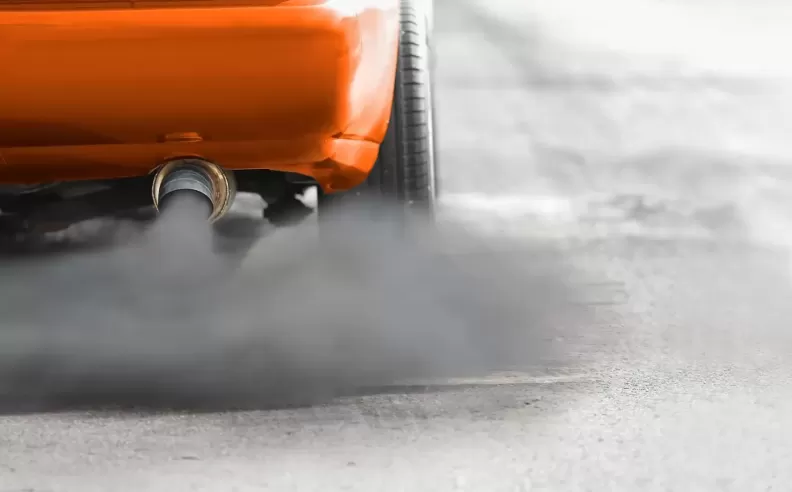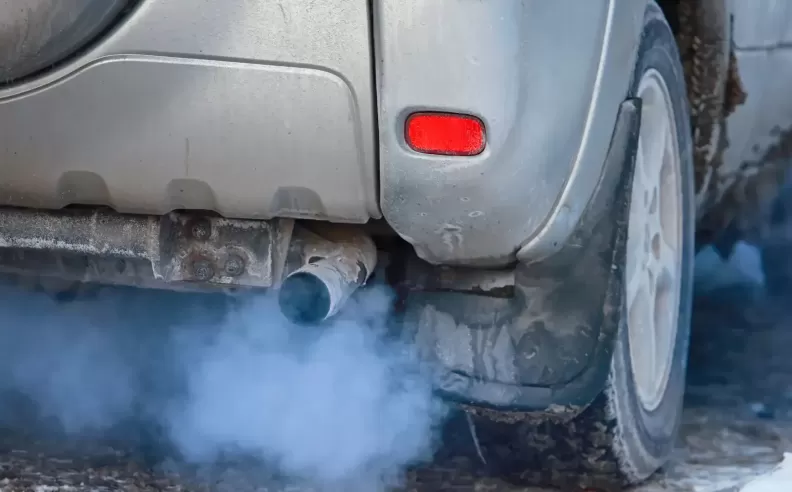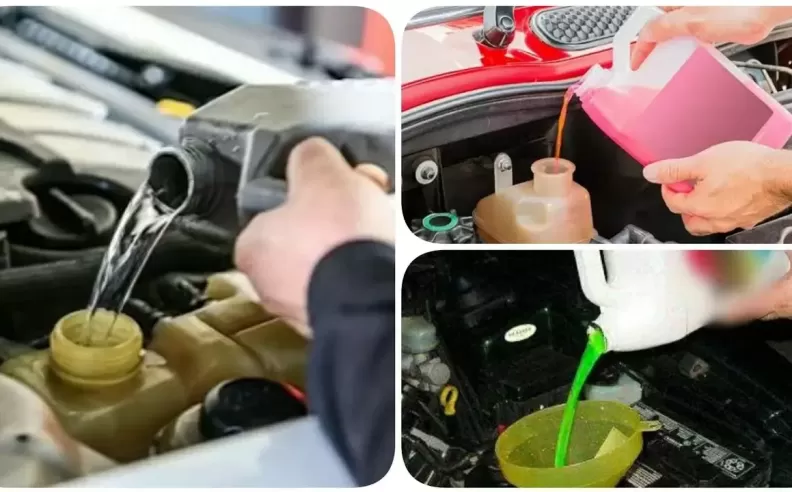
Car exhaust smoke isn’t just a nuisance; it’s a window into what’s happening beneath your vehicle’s hood. Whether it’s a light puff on a cold morning or a thick cloud during acceleration, the color and consistency of your car’s exhaust can reveal a lot about the engine’s health. For Saudi and Gulf-based drivers, especially those relying on their cars for both short commutes and long road trips, understanding these signals can help avoid costly repairs and keep the engine in top shape. Here’s how to decode the different smoke colors and know when it’s time to take action.

From harmless vapors to early signs of engine trouble, each smoke color tells its own story. White smoke is the most common and usually shows up when condensation evaporates during cold starts. In hybrid vehicles, this may happen further into the journey due to delayed engine engagement. But if the white smoke is thick and persistent, it may signal a coolant leak caused by a failing head gasket, a repair that shouldn't be delayed.
Blue smoke, on the other hand, is never a good sign. It usually means oil is burning somewhere inside the engine. This could stem from worn valve seals or piston rings, and it often comes with a noticeable burning smell. Overfilled oil or spilled residue after a recent service might cause temporary smoke, but if it persists, it’s time for a thorough inspection. Blue smoke from a turbocharged engine might mean the turbo needs rebuilding or replacing.

Black smoke typically points to fuel-related problems. In petrol cars, this means too much fuel is burning due to a clogged air filter or faulty injectors. Diesel vehicles may show black smoke due to soot buildup or a clogged diesel particulate filter (DPF). A highway drive at higher speeds often helps clear the DPF by burning off the excess soot.
Grey smoke, meanwhile, is a bit trickier. It could suggest burning oil like blue smoke, but might also point to a faulty Positive Crankcase Ventilation (PCV) valve or even a transmission fluid leak in automatic cars. Both issues require prompt attention, but PCV valve repairs are generally easier and less expensive.
Whether it's condensation, soot, or oil, understanding your exhaust's color and behavior is key to keeping your car healthy and avoiding breakdowns. If the smoke is excessive or comes with strange smells or sounds, it’s always best to consult a trusted mechanic.

Started my career in Automotive Journalism in 2015. Even though I'm a pharmacist, hanging around cars all the time has created a passion for the automotive industry since day 1.
